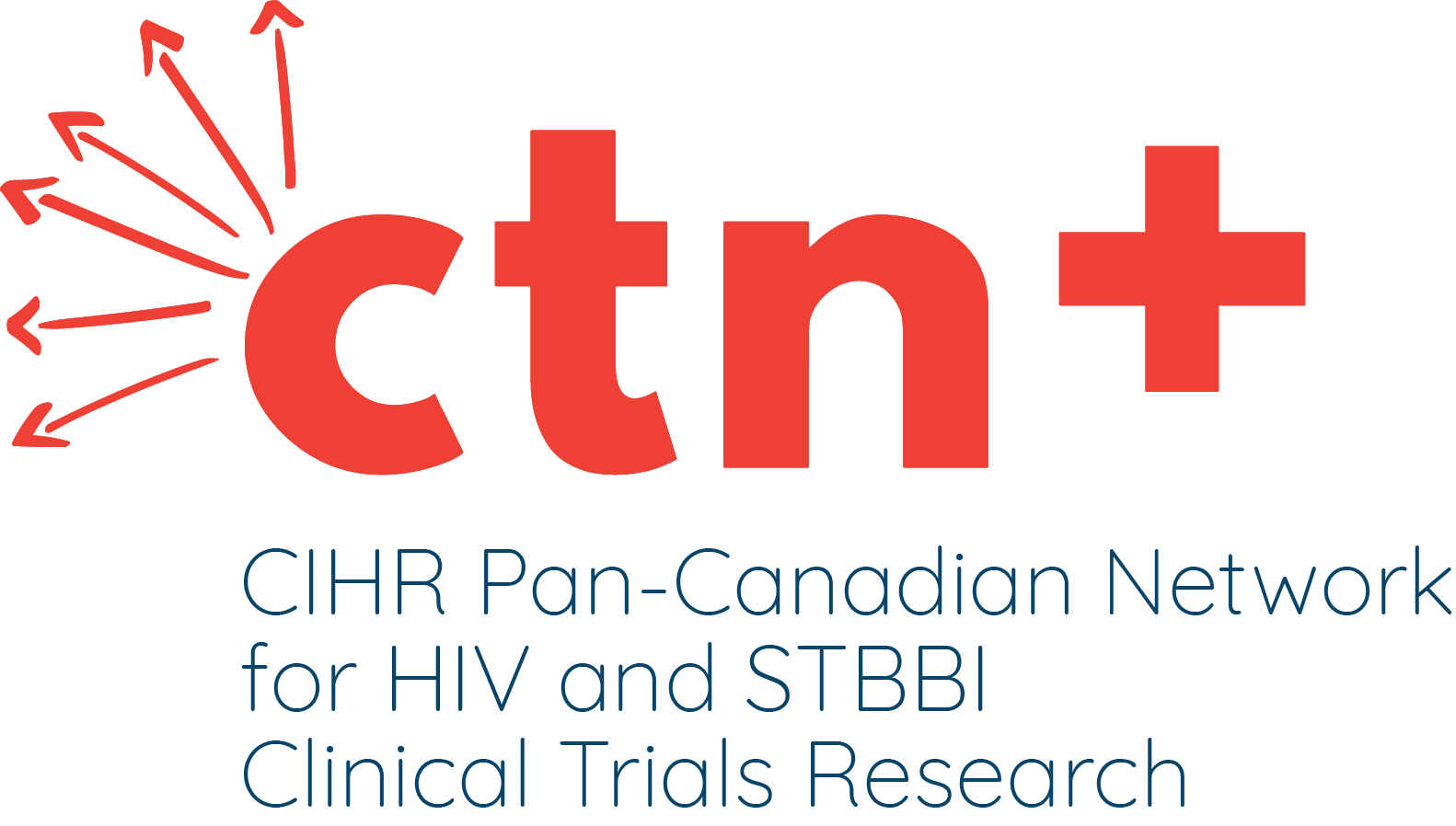
“Stigma is part of every individual on this planet from a young age; it becomes engrained in us as we grow. It’s part of our natural upbringing. As communities, we can try and be there as educational models, to point out stigma and educate ourselves to take that second breath before we speak; to engage our brains and think if the words we’re about to say may unintentionally harm someone” – Darren Lauscher
The AIDS epidemic hit its peak during a time when homophobia and misunderstanding were spreading even faster than the virus — 40 years later, have things really changed? We talked to three community members to get their unique perspectives on the pervasive impact of HIV-related stigma and what we can do to combat it.
In the 1980s, when whispers of the HIV epidemic became shouts from a fearful public, very little was known about the virus and how it was transmitted. This lack of knowledge, coupled with newspaper headlines, television, and radio broadcasts around the world, helped fuel the stigma and discrimination that still echoes today, despite huge advances in treatment, PrEP, and the fact that having an undetectable viral load means the virus is untransmissible (U=U). “We’ve had almost 40 years of amazing press on death and dying — and we did that extremely well,” explains Darren Lauscher, a member of the CTN Community Advisory Committee with over 30 years of lived experience. “To start unpacking stigma, you have to unpack the mass media around stigma and really educate the general population, and that is not easy.”
Michael Parsons, who was first diagnosed with HIV in 1986, faced a tough reaction from his parents when he shared with them that he had HIV. They asked him to eat on separate plates and use separate cutlery in their home. Reactions like this prompted Michael to move from Halifax to Ecuador to live with his boyfriend at the time. Muluba, CTN Community Advisory Committee member and Social Media Specialist at the Ontario HIV Treatment Network, recalls a moment from her childhood during the early 2000’s when a family friend served guests food on ceramic plates, while giving Muluba paper plates and plastic cups. Decades apart, Michael and Muluba’s experiences of something as simple as sharing a meal emphasizes how stigma has persisted over the years, despite the leaps in knowledge and scientific advances in the field of HIV research.
HIV online

The evolution of the Internet and social media has opened a whole new platform for sharing health information and connecting with others. Muluba, who disclosed her HIV status online in 2014, recalls “Some people I thought were friends deleted me off Facebook or treated me differently. That was disappointing. Strangers on the Internet would comment on my posts, videos, and accounts insulting, disrespecting me and more.” However, it’s not all negative in the un-refereed online world. Social media can also be a space for support and positivity. Muluba continues, “Soon enough I got texts, emails, comments from friends and people online who were supportive of me and admired my bravery. On Facebook specifically, there are plenty of support groups for people living with HIV.”
While the Internet and social media can enable the spread of education and knowledge around HIV, it is not always simple trying to change mindsets. As Michael explains, in the past, messages about HIV “were sold too hard, and facts were not really facts — they were guesses.” Muluba echoes this thought, as she adds, “The problem is that sometimes people learn one thing about HIV and never get updated, so some of the public is still treating the virus and those living with it as dangerous and highly contagious. Society definitely moves slower than science, but the awesome thing is once the science is discovered and proven, it is much easier to get society on board.”
In this age of information and the incredible ability to share ideas across the world with the click of a mouse, why does stigma surrounding HIV still exist? One reason could be that these vital updates are reaching HIV-interested communities, but perhaps not going much further. Muluba says, “When I chat with my peers whose lives don’t intertwine with the virus, they aren’t too familiar with the fact that people living with HIV who are on effective treatment and are undetectable cannot pass it on to a sexual partner.” There is even the potential for additional stigma attached to the use of PrEP, as Muluba continues, “Unfortunately, I have heard horror stories of individuals being stigmatized against for seeking out PrEP because they ‘must’ live a risky lifestyle.”
Reducing stigma around HIV: What can be done?
“What is it going to take to convince you to let go of that fear?” asks Darren. These are tough questions that have been asked countless times. Muluba suggests, “To lessen the stigma around HIV, people can remember that people living with HIV are just like them. Just because someone has not disclosed their status, it doesn’t mean they are negative. Another thing is education; I cannot stress this enough. Get educated on the facts and myths of HIV. Lastly, have compassion.”
Despite almost 40 years passing since the peak of the AIDS epidemic, we’re still having many of the same conversations about HIV. We’re still asking what we can do to leave stigma in the past. For researchers, it could be as simple as learning to speak more simply. Darren, who has spent close to three decades serving on boards from CATIE to the Pacific AIDS Network, has this message for people working in HIV research: “Every time you go on stage to speak, think through a marketing lens of messaging. Learn to speak in perfect soundbites. Understand how something could be twisted and misunderstood. That’s one of the biggest issues in the scientific world right now; we need to learn and educate others that words and their definitions matter.”






